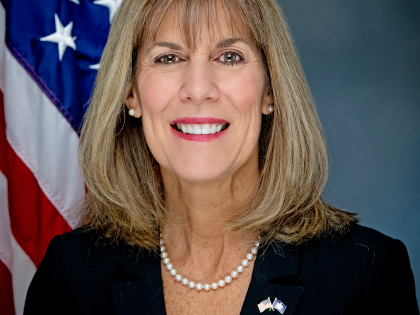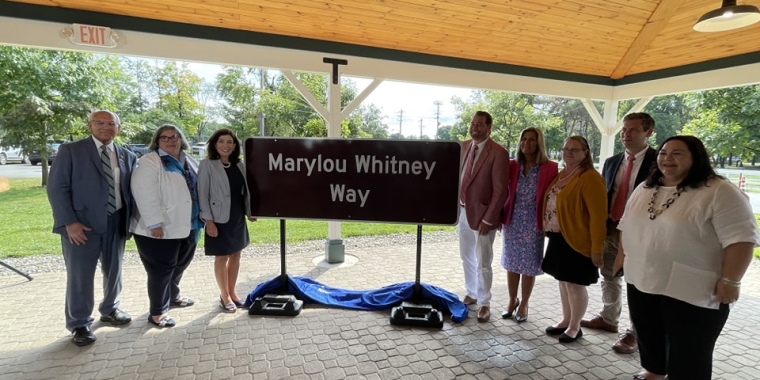
NY legislator wants to study splitting upstate, downstate into two states

A New York lawmaker unveiled legislation that would examine the effects of separating upstate and downstate and forming two states.
State Sen. Daphne Jordan, a Republican from Halfmoon, introduced a bill that would form a working group within the state comptroller's office. The panel, according to the bill's justification, would study the economic impact and legal challenges of dividing the state.
The study would also include a determination on how much it would cost to form two new state governments.
Jordan's bill defines upstate as the area north of Long Island, New York City, Rockland and Westchester counties.
In the bill's memo, Jordan explains that there are "extremely divergent political and social views" between downstate and upstate, and that there have been calls for the regions to "part ways."
"Whether it's the issue of gun control, the DREAM Act, taxes and spending, parity in school or infrastructure funding, or even the choice for governor, the deepening divide — cultural, economic and political — between upstate and downstate has grown more pronounced every year," Jordan said. "Many are asking whether both regions would be better off as separate entities."
The legislation won't advance in the Democratic-controlled state Legislature. Even if it did, it wouldn't receive Gov. Andrew Cuomo's approval.
Rich Azzopardi, Cuomo's senior advisor, blasted the proposal in a statement Tuesday.
"There is pandering and then there is the Godzilla of pandering," he said. "This divisive and unserious press release isn't worth the paper it's printed on."
Jordan's proposal is the latest to consider whether New York should be divided into two states. Past bills have called for establishing upstate as the 51st state. These measures, which were backed by a small number of Republicans, haven't advanced in the Assembly or Senate.
Another bill in the state Legislature would place a non-binding question on a general election ballot asking voters whether New York should become two separate states.
The measure is sponsored by Assemblyman Steve Hawley and state Sen. Joe Robach. State Sen. Pam Helming and Assemblyman Brian Manktelow are among the cosponsors of the bill.
Though it's not likely to happen, dividing New York into two states would require additional action. Before officially becoming a state, the regions would need approval from the federal government. Congress must pass — and the president must sign — a resolution to admit the newly formed states. The states would then elect members of the House and Senate.
While Jordan's bill seeks to examine the financial impact of splitting the states, there already are studies documenting the significant role of revenues from New York City and downstate counties on the state's economy.
The Rockefeller Institute of Government released a report in 2011 that found New York City's share of state revenue payments to be roughly 45 percent. Downstate suburbs — Long Island and the counties of Putnam, Rockland and Westchester — were the source of 27 percent of the state's revenues.
The report found the region classified as "rest of state," which consisted of upstate counties excluding the Albany area, contributed 24 percent of the state's revenues and received 35 percent of the expenditures.
A separate analysis conducted by Politifact in 2018 found 18 percent of the state's personal income tax revenue came from residents in upstate counties.

